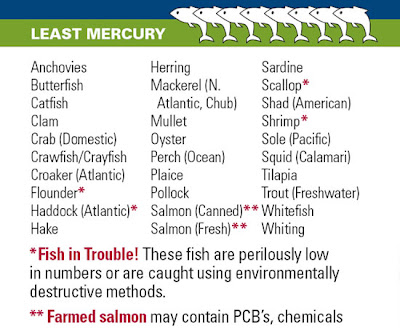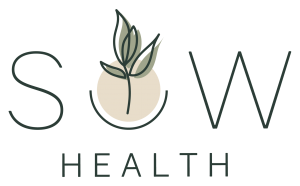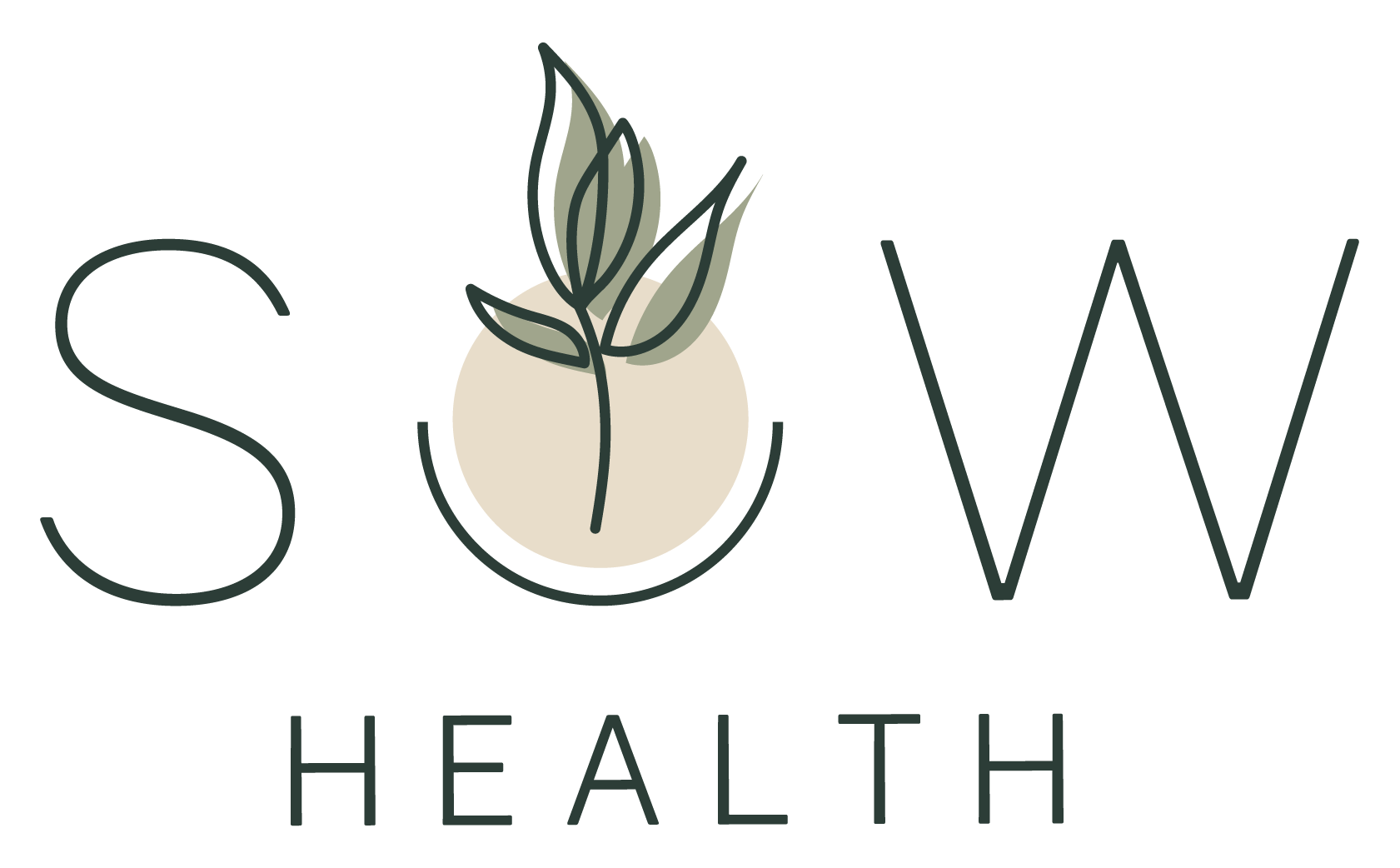 Fish is an essential component of a healthy diet. It’s a excellent source of protein, omega-3 essential fatty acids, vitamins and minerals. Fish reduces your risk of heart disease, cancer (particularly breast, prostate, colon & lung cancers), and helps with chronic diseases such as depression, arthritis, asthma, and diabetes. There is also evidence that infants born to mothers who received omega-3 fatty acids during pregnancy have better vision and brain development.
Fish is an essential component of a healthy diet. It’s a excellent source of protein, omega-3 essential fatty acids, vitamins and minerals. Fish reduces your risk of heart disease, cancer (particularly breast, prostate, colon & lung cancers), and helps with chronic diseases such as depression, arthritis, asthma, and diabetes. There is also evidence that infants born to mothers who received omega-3 fatty acids during pregnancy have better vision and brain development.
The catch is that fish can contain toxic contaminants such as mercury and PCBs (Polychlorinated bisphenyls). Mercury originates from natural sources and air pollution. It’s toxic to the brain, heart and nervous system and especially damaging to the neurological development of infants and young children. It is stored in fat and accumulates up the food chain. PCBs are cancer-causing industrial chemicals that were banned in 1976, are still found in lakes, streams and oceans.
With that being said, it’s important to be informed in terms of your fish consumption. Enjoy eating fish but know which types tend to be more contaminated versus others. Please be aware:
– Farmed fish tends to be more contaminated than freshly caught fish.
– Albacore canned tuna has 3 times the mercury than chunk light tuna.
– If you eat canned tuna, use this tuna calculator from the Environmental Working Group’s website
– Protecting our environment should also play a role in your fish consumption. Know which species are endangered and try to avoid them.
Following are the guidelines for healthy fish consumption from the NRDC (Natural Resources Defence Council):


The FDA (Food and Drug Administration) and the EPA (Environmental Protection Agency) say that everyone, including pregnant women, should eat a variety of fish and shellfish that are low in mercury at least twice a week, unless the fish is deep-fried (a serving size is 3 ounces of cooked fish or 4 ounces of uncooked fish). Pregnant women should limit their fish or seafood consumption to 12 ounces a week. The American Heart Association recently added that healthy adults can eat 14 ounces of most fish a week without any danger.
I hope this helps you to include fish in your diet. If anything is still fishy, feel free to contact me.
Yours in health,
Sarah Oulahen HBHSc, ND.


